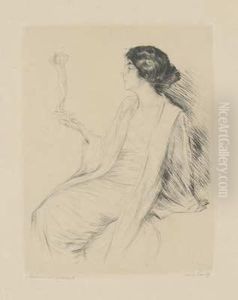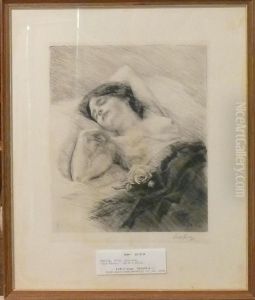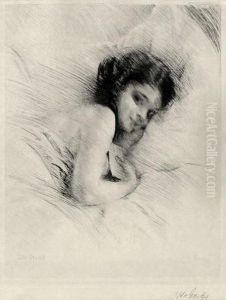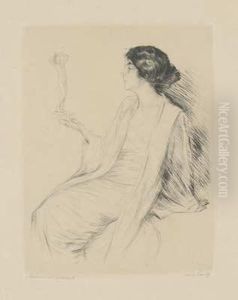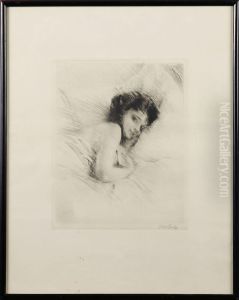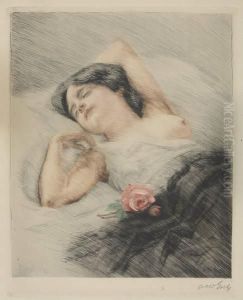Otto Goetze Paintings
Otto Goetze, born in 1868, was a German artist whose biographical details are not widely recorded in mainstream art historical references. As a result, information about his life and death remains relatively obscure. However, it is known that he was active during the late 19th and early 20th centuries, a period that was rich with artistic innovation and the transformation of traditional art forms in Europe.
Goetze's work may have been influenced by the various movements of the time, such as Impressionism, Expressionism, or the Jugendstil, which was the German counterpart of Art Nouveau. Nevertheless, without more specific details about his artistic output or the circles in which he moved, it is difficult to categorically place him within these or other artistic movements.
Due to the limited available information, it is also challenging to trace the trajectory of Goetze's career or to identify any key works that might be attributed to him. His death year is not documented in accessible resources, which may be indicative of Goetze being a lesser-known figure or perhaps working in a more localized context, away from the major centers of art production and discourse of the time.
The lack of data on Otto Goetze serves as a reminder that many artists from the past, including those who might have been active and prolific during their lifetimes, have not been thoroughly documented or studied in art historical scholarship. Their contributions, unless rediscovered and reassessed by art historians, may remain in the shadows, not fully acknowledged by the narrative of art history.
Should more research on Otto Goetze come to light, it would provide a fuller picture of his life and work, as well as his place within the broader context of the art world during his active years. Until then, Otto Goetze remains an enigmatic figure, with much of his life story yet to be uncovered.
